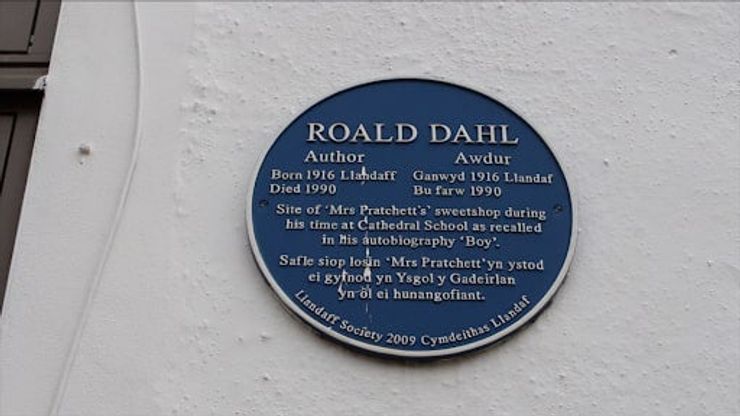A literary tour of Cardiff
The Welsh capital is a city with a rich cultural heritage. Here we share just a few of the things to do in Cardiff if you want to explore its literary history.

Wales has a long and proud literary heritage. Its capital, Cardiff, was the birthplace of poets Gillian Clarke and Gwyneth Lewis and the stomping ground of a young Roald Dahl. To celebrate this rich history, the Book Break team set off to film a literary tour of Cardiff.
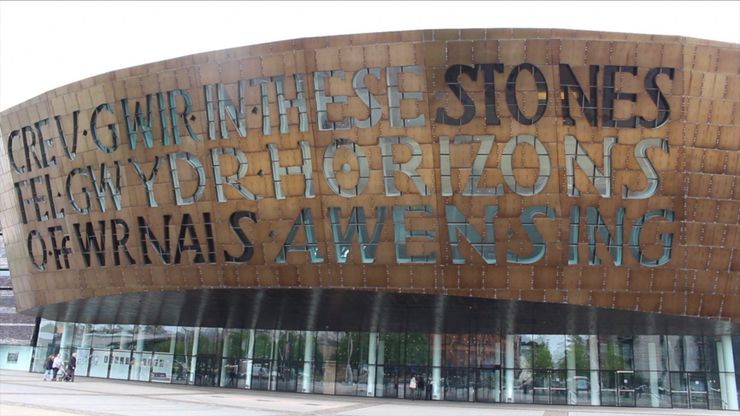
In the centre of Cardiff Bay stands the Millennium Centre, an arts centre that hosts opera, ballet, musicals and even comedy. The poet Gwyneth Lewis wrote the stunning words that adorn the front of the building. The Welsh reads, “Creating Truth Like Glass From Inspiration's Furnace”, followed by the English, “In These Stones, Horizons Sing”. In a post on her website, Lewis explained the meaning behind her words:
‘I wanted the words to reflect the architecture of the building. Its copper dome reminded me of the furnaces from Wales's industrial heritage and also Ceridwen's cauldron, from which the early poet Taliesin received his inspiration ('awen'). Awen suggests both poetic inspiration and the general creative vision by which people and societies form their aspirations. [...] It was important to me that the English words on the building should not simply be a translation of the Welsh, that they should have their own message. The strata of the slate frontage of the Wales Millennium Centre reminded me of the horizons just beyond Penarth Head. The sea has, traditionally, been for Cardiff the means by which the Welsh export their best to the world and the route by which the world comes to Cardiff. The stones inside the theatre literally sing with opera, musicals and orchestral music, and I wanted to convey the sense of an international space created by the art of music.’
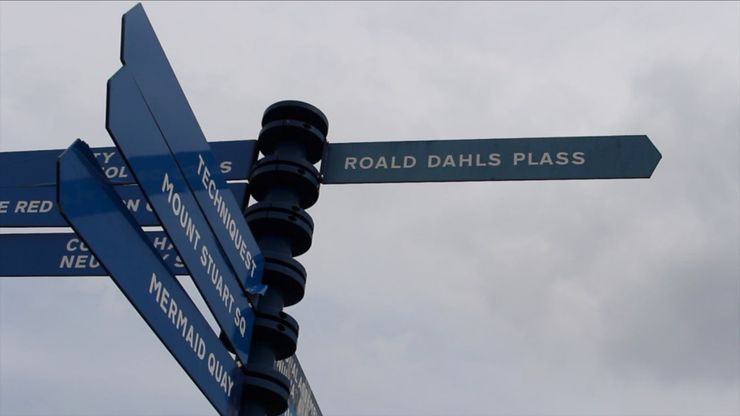
Right next door to the Centre, you’ll find the Roald Dahl Plass, a public square dedicated to the Welsh-Norwegian author Roald Dahl. The square is used as an amphitheatre for open-air performances and was a central part of Cardiff’s bid for European Capital of Culture status in 2008.
Cardiff is famous for its shopping arcades, one even being immortalised in Gillian Clarke’s poem “In a Cardiff Arcade, 1952’, which she wrote specially for the Off the Shelf collection to celebrate independent bookshops. The poem is about buying a book from a Cardiff arcade, and while she doesn’t name the arcade explicitly, we’ve deduced that she just might have been talking about Troutmark in Castle Arcade – or at least the same premises, which has been a bookshop for long before Troutmark began trading there.
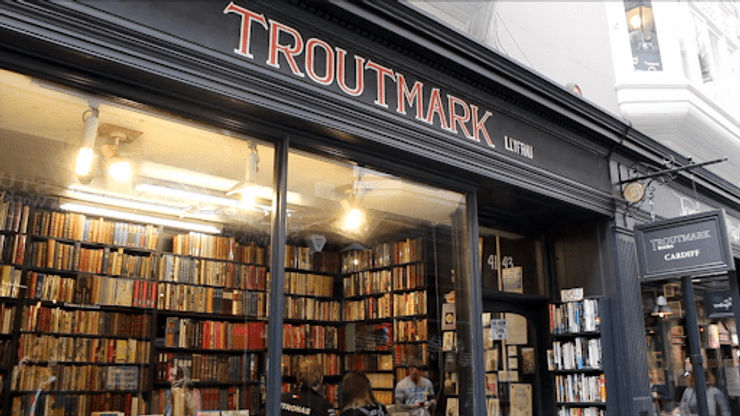
Opposite the Castle Arcade is Cardiff Castle itself, complete with Welsh dragon ready to take off into the air. The castle has an amazing history dating back 2,000 years.
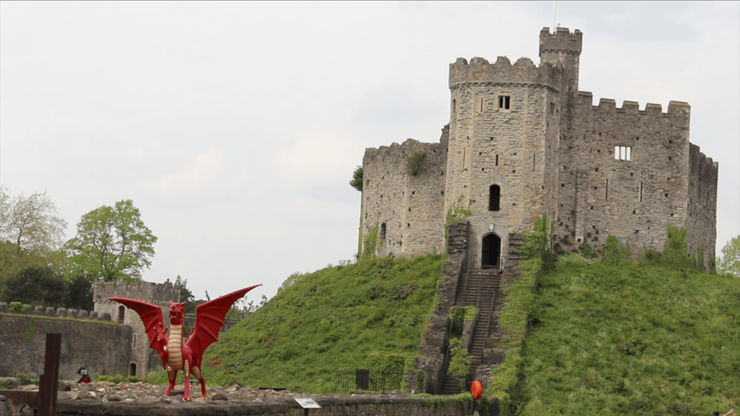
A rather quirky sight to see in Cardiff is the Weird and Wonderful Wales Water Tower Mural, painted by artist Pete Fowler and inspired by the ancient Mabinogion stories. Pete Fowler told BBC Radio Wales:
"With myths over the ages they change so much from passing on, everyone adds their own little bit and embellishes their own little bit of the story. I'd kind of like people to make up their own stories from the image and what they see really."

The last stop on our tour was the site of Mrs Pratchett’s sweetshop, that famous sweetshop frequented by Roald Dahl and his childhood friends in the summer of 1923. In his autobiography Boy, Dahl recalls that “the sweet shop in Llandaff in the year 1923 was the very centre of our lives. Without it, there would have been little to live for.”
